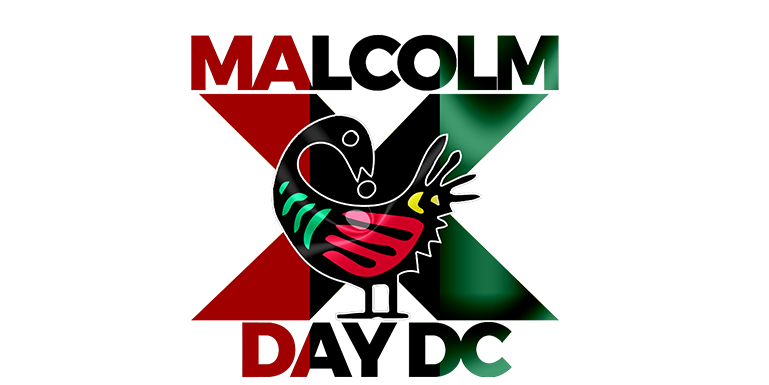The first Malcolm X Day Celebration (MXDC) was held in May of 1972 as a pre rally to the First African Liberation Day Celebration (ALDC). In order to attract attention for the ALDC, organizers sponsored rallies throughout Washington, DC, as a means to mobilize support and participation. The rally in Southeast Washington was slated to be held in Valley Green, but because of inclement weather, was held at the Johenning Baptist Center. In the decades that followed, it became the largest major event held at Anacostia Park.
Supporters of the first MXDC were adamant that the event be organized around local issues that impacted the quality of life of residents in Southeast Washington, DC. In the 1970s as is true today, the issues of employment, education, housing and health were inextricably linked to the issues that impacted the lives of our brothers and sisters in the African Diaspora. How could we get people to support issues of African Liberation, if we could not connect address the same issues that mattered in their lives? And, thus MXDC and ALDC would remain linked.
Over next couple of years, the MXDC would continue to mobilize support for ALDC. By the late ‘70s, the MXDC was becoming a substantial stand-alone event. This factor, coupled with the fact that there were internal disagreements within ALDC, helped grow the MXDC into a major annual event supported by the city and other sponsors. While encouraging attendees to participate at ALDC event, the MXDC grew into its own as the reality of the struggles of Black people remained the same whether in the US or the African Diaspora.
As MXDC called out the importance of local issues for the residents of Southeast Washington, DC, it became a focal point for city departments and community-based organizations to participate, as well as explain and elaborate on the services offered to meet the current needs of the community. Each year speakers would be invited, and community and service-based organizations as well as afro-centric vendors gravitated to the event under the tent of confronting challenges faced as a community. In addition, the event became a major stage for local artists and entertainers to grow their fan base. The combination of information and entertainment offered to the community would become the foundation upon which the MXDC was built and began to thrive.
Over the 23 years of this annual May event, the MXDC brought together community activists and churches, civil rights and human rights leaders, elected officials and everyday people as well as popular entertainment groups to share messages of “Unity In the Community.” The Celebration featured repeat appearances of national figures and heroes/heroines such as the late Malcolm X’s widow Dr. Betty Shabazz, Dick Gregory, Marion Barry as well as Rev. Jesse Jackson and Sister Souljah among others. It became the oldest and largest tribute to Malcolm X in the nation drawing between 30,000 and 50,000 participants each year over the day long list of activities. The celebration traditionally sought out young people to participate especially those in the Anacostia neighborhood’s underserved population. As a result, the MXDC became a platform for well-established and aspiring activists to share their messages of hope and struggle with the youth of Washington, DC. The MXDC also sought to showcase the rich cultures that make up Black heritage. The “Africa Village” would highlight the works of artists from Southeast to South Africa. Throughout the years, the MXDC has inspired, uplifted and informed thousands of Washington’s residents and hopefully, put them on a path of responsibility and activism to enhance their lives and their neighbors’ lives in the present and into the future.
